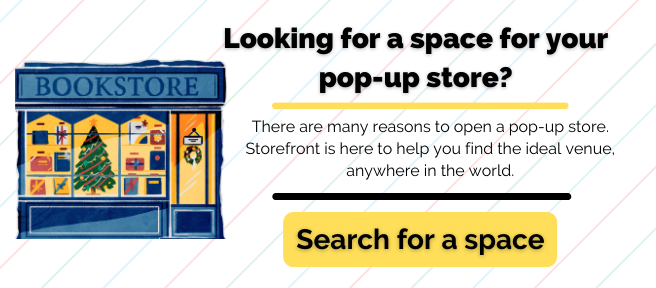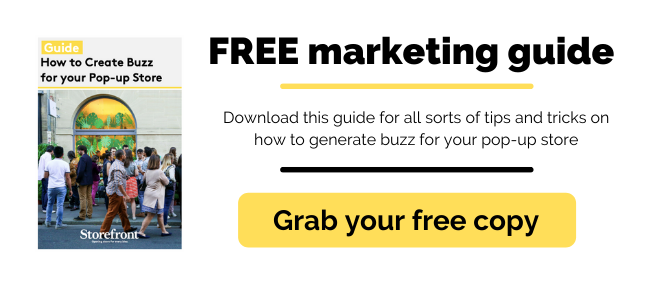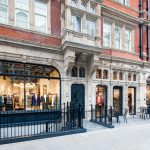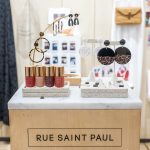Pop-up stores are the trendy and popular face of retail. More and more brands are cashing in on short-term to expand their presence, drive sales, and announce limited-time items or collaborations. With so much to gain from investing in a short-term presence, the planning process is just as crucial as the execution. Whether it be for a week or a few months duration, setting up a pop-up store is simple. Here are 5 tips to keep in mind to make sure your pop-up is a success and the preparation runs smoothly.
- Define your objective
When planning your pop-up store, it’s important to outline what are you hoping to achieve. Plenty of pop-up stores focus on maximizing a short-term profit, like popping up seasonally to boost Holiday sales, while others are solely focused on brand-building.
(Remember: if you leave a lasting impression on new customers they could become loyal to your brand for a lifetime. A certain profit loss now, could be worth 10x that over 5 years if you attract a lifetime customer through your pop-up shop)
- Select the right location.
While high footfall offers great store visibility, there’s also ways to draw loyal customers to a more ‘hidden’ location. Think about which city you want to gain the most traction in, and then depending on cost (prime central areas are more expensive) assess with your team how important large footfall is.
Perhaps the message of your pop-up store coincides with an off-the-beaten-path neighborhood, and you will lure in a certain type of customer this way. Though central, buzzy locations like Soho and Covent Garden are always thought of, there’s plenty of other neighborhoods in the UK that will do just the trick, and a smaller cost.
- Pre-Marketing, Marketing while Live, Post-Marketing
Marketing your pop-up store is very important. You must maximize exposure before, during and after so that you can gain the most from it. Before your pop-up store, try scheduling some social media campaigns to spread the buzz, come up with a hashtag to track your clout, plus keep in mind things like reaching out to influencers and the press to make sure that the word gets out and is promoted properly.
During the pop-up store, think about hosting an event that will get people to the store, inviting influencers with a large social following, or offering up food and drink to introduce your pop-up concept and perhaps selecting a few items to sell to build hype. Also think about unique ways to get people into the store like hosting workshops, talks, and Instagrammable moments to lure in consumers.

After the pop-up shop is over, ensure that your team generated a lot of content from it whether it be through press hits, shareable photographs, or blog articles so that you can continue to market the experience, and leverage its success for future pop-up stores, a brick-and-mortar store, or even to host the concept digitally on your site.
- Design the right experience in-store experience
Its very important to leave your customers with a certain feeling from the experience, not just a product transaction. This lasts much longer in a customer’s mind than a physical product might. For example, focus on a fun, interactive pop-up store where you can really connect with your customers, plus educate them in subtle ways about the brand rather than making it look intentional. By creating a certain lifestyle experience around your brand, you are able to give customers added value plus something tangible to remember (like your product) to remember on top of that. Our pop-up store with Clarins in France did just that where the brand heavily relied on experience over product to make an impact.
Pop-up store experiences are varied, but the successful ones have a lasting impression on customers because they were interactive, surprising, or memorable. Whether you choose to do this through a splashy event, a new collaboration announcement, or a wholly unique in-store design, it will pay off.
- Attention to detail
Physical retailers compete against digital experiences. Retail stores must now provide an added value to get customers in the door, so paying attention to detail when planning your pop-up store is key. Try creating decor that really stands out to your customers; not only will score extra Instagram points, it will also help give customers a reason to remember the store, plus tell their friends about it. Having branded items in the store like stickers or tissue paper are also small things you can do to make sure the customer journey doesn’t just stop when customers leave the shop. Your pop-up store’s success depends on connecting your brand to the elements that you choose for the store, so choose wisely!
Ready to make your pop-up store a success? Book with Storefront today!
[This article was originally featured in Cosmetics Business.]








